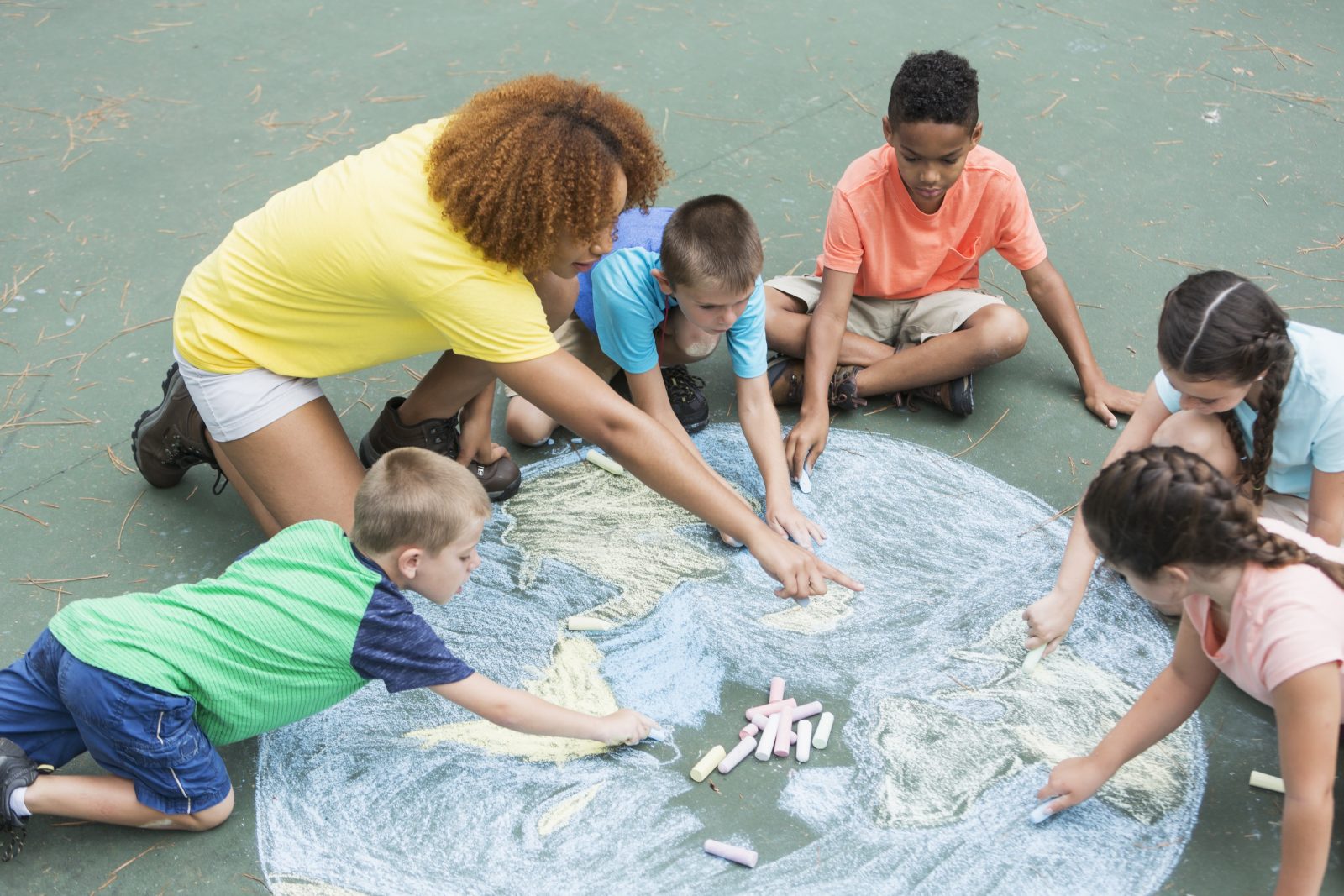Kimi Waite is a 2019 Environmental Education 30 Under 30 awardee, recognized by The North American Association for Environmental Education. She is also a public voices fellow on the climate crisis with The OpEd Project and The Yale Program on Climate Change Communication.
Last week, the Florida State Board of Education banned schools from teaching lessons informed by critical race theory (CRT). Republican state legislators nationwide are introducing and debating some two dozen similar bills to prohibit educating students about how the nation’s history of systemic racism shaped society and created widespread inequities that persist today. These attacks are not only a threat to an honest education, they pose a threat to climate change education.
Critical race theory has become a rallying cry for conservatives who want to push back against a historical analysis of how slavery and segregation have contributed to our current sociopolitical moment. Education activists and scholars believe these campaigns are intended to create a climate of fear that discourages teachers from discussing race or racism, especially as it relates to Black Americans. But if educators can’t discuss how racism operates on a systemic level, then they can’t talk about how the effects of climate change are inequitably distributed — a pillar of the environmental justice movement.
Some climate curricula are directly targeted by these bills. Missouri’s HB 952 prohibits teachers from using “components of critical race theory” and specifically bans curricula by leading social justice education groups, including the 1619 Project initiative of the New York Times, the Learning for Justice Curriculum of the Southern Poverty Law Center, and BLM at School. The bill also names the Zinn Education Project, which offers an interdisciplinary K-12 climate teaching guide, A People’s Curriculum For The Earth. In Arizona, the “Unbiased Teaching Act” passed the state House in May. It prohibits educators from coursework and even community service that “presents any sort of blame or judgment on the basis of race, ethnicity, or sex” and “that involves the student being engaged … in social or public policy advocacy.” Teachers could be fined $5,000 for violations.
One of the principles of CRT is centering the “the lived experiences of people of color.” Environmental racism is exactly that for many students in our nation’s K-12 public schools. In one 2019 study, published in Proceedings of the National Academy of Sciences, researchers estimate that Black and Hispanic populations experience a “pollution burden” of 56 percent and 63 percent excess exposure, respectively — that is, they are exposed to more pollution than their consumption generates. Communities of color are more likely to have contaminated drinking water and homes or schools near industrial facilities like oil and gas refineries. These communities are also more likely to exist in urban heat islands — places without parks or greenways that trap heat and pollutants.
This is reality for many kids, and public school curriculum must reflect it. Utilizing the lens of CRT helps students understand their realities and take action to create more environmentally and socially just communities. That’s exactly what anti-CRT bills want to stop.
I have worked as a kindergarten teacher and a district curriculum specialist in south Los Angeles, which is majority Black and brown. Systemic racism and environmental racism may not be a part of students’ vocabulary, but I can tell you it is definitely part of their experience.
Even in kindergarten, kids understand that water can be contaminated, and they are hesitant to drink from fountains at school. Instead, they carry plastic bottles because they’re “clean.” They can articulate that there’s trash in their neighborhood and wonder if it’s like that everywhere. They are curious about where the trash goes. When we study maps, they notice that there aren’t a lot of green spaces around their houses. They know that they live near an area with heavy traffic and make comments about the smell of gasoline.
Even when we do science lessons about global climate impacts, we inevitably talk about what’s happening locally — systemic inequity comes up whether we like it or not. For two years, my class was paired with a National Geographic Explorer. One year, Erina Molina, an environmental scientist from the Philippines, taught us about an endangered marine mammal species called the dugong. The kindergartners designed a net and boat prototype made from upcycled materials to help fishers in Palawan avoid inadvertently catching them. We learned about the geography, culture, and wildlife of the Philippines — as well as the plastic pollution in Manila Bay. When I asked my classes how many of them had previously been to the ocean or to a river, only a handful raised their hands.
In both the global and local contexts, racism plays a role in where trash and pollutants end up and who has the privilege of going to the beach. What if I’m a teacher in a state where discussions of race and systemic racism are banned, punishable by a fine?
True climate justice education involves teachers of all subjects — not just science — helping students make connections between their lived experiences and how they understand and experience the larger world around them. This starts with integrating racial justice and climate justice into K-12 teacher preparation and professional development programs across the subjects. Surveys show the majority of Americans believe climate change should be taught in school, and there are brilliant curricula out there.
Those who attack the teaching of systemic racism want to deny students an understanding of history and an understanding of their lived realities in order to uphold systems of oppression and maintain the status quo for political gain. But teaching the links between racial justice and climate justice is one of the most powerful tools we have to educate the next generation of great thinkers, civic actors, and innovators who will develop climate change mitigation and adaptation solutions. Our future literally depends on teaching them the truth.
The views expressed here reflect those of the author. Fix is committed to publishing a diversity of voices. Got a bold idea or fresh news analysis? Submit your op-ed draft, along with a note about who you are, to fix@grist.org.



